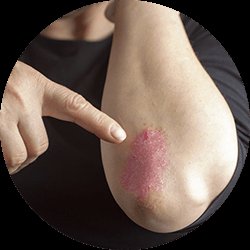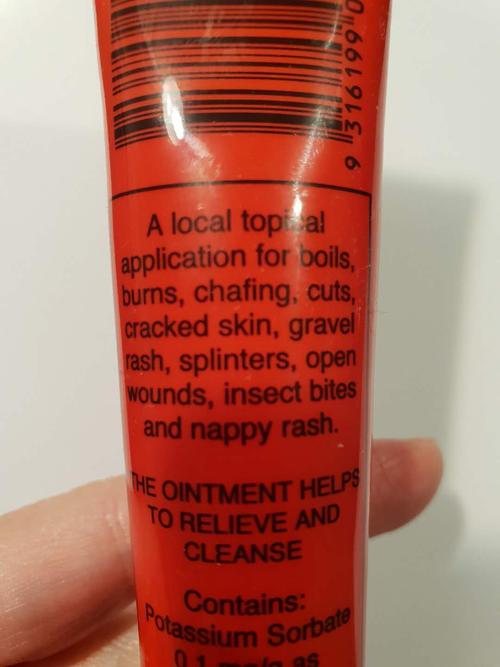
Understanding the Itching: Bug Bites That Rash
Have you ever found yourself scratching an itchy rash, wondering what caused it? Bug bites are a common culprit, and understanding them can help you manage the discomfort and prevent future occurrences. In this detailed guide, we will explore the various aspects of bug bites that lead to rashes, from the types of bugs to the symptoms and treatment options.
Types of Bugs That Cause Rashes
Bug bites can be caused by a variety of insects, each with its own unique characteristics. Here are some of the most common ones:

| Bug | Description | Common Rash Symptoms |
|---|---|---|
| Mosquitoes | Small, slender insects with long legs and a slender body. | Itchy, red bumps; can be accompanied by swelling and redness. |
| Bed Bugs | Flat, oval-shaped insects that feed on human blood. | Small, red bumps; can cause severe itching and skin irritation. |
| Deer Ticks | Small, dark-colored ticks that can transmit Lyme disease. | Red, expanding rash; can be accompanied by flu-like symptoms. |
| Spider Bites | Varied in appearance, but often identified by the bite mark. | Red, painful bump; can cause severe swelling and redness. |
These are just a few examples of the many insects that can cause rashes. It’s important to identify the type of bug that bit you, as this can help determine the best course of treatment.
Recognizing the Symptoms
When a bug bites you, it injects saliva into your skin, which can cause an allergic reaction. Here are some common symptoms to look out for:
-
Itchy, red bumps or welts
-
Swelling and redness around the bite area

-
Pain or tenderness
-
Fluid-filled blisters
-
Darkening of the skin around the bite
In some cases, bug bites can lead to more serious complications, such as allergic reactions or infections. If you experience difficulty breathing, swelling of the throat, or a widespread rash, seek medical attention immediately.
Preventing Bug Bites
Preventing bug bites is the best way to avoid a rash. Here are some tips to help you stay safe:
-
Wear long sleeves and pants when outdoors, especially in areas with high insect populations.
-
Use insect repellent containing DEET, picaridin, or oil of lemon eucalyptus.
-
Check your clothing and body for ticks after spending time in grassy or wooded areas.
-
Keep your home free of pests by sealing cracks and crevices, and using pest control services if necessary.
Treatment Options
Most bug bites that cause rashes can be treated at home. Here are some effective remedies:
-
Cool compresses: Apply a cool, wet compress to the bite area to reduce swelling and itching.
-
Antihistamines: Over-the-counter antihistamines can help relieve itching and reduce inflammation.
-
Topical corticosteroids: These creams can reduce swelling and itching. Consult a healthcare provider before using them on children or on sensitive areas.
-
Hydrocortisone cream: This over-the-counter cream can help soothe the skin and reduce itching.
In some cases, a healthcare provider may prescribe stronger medications or antibiotics if







